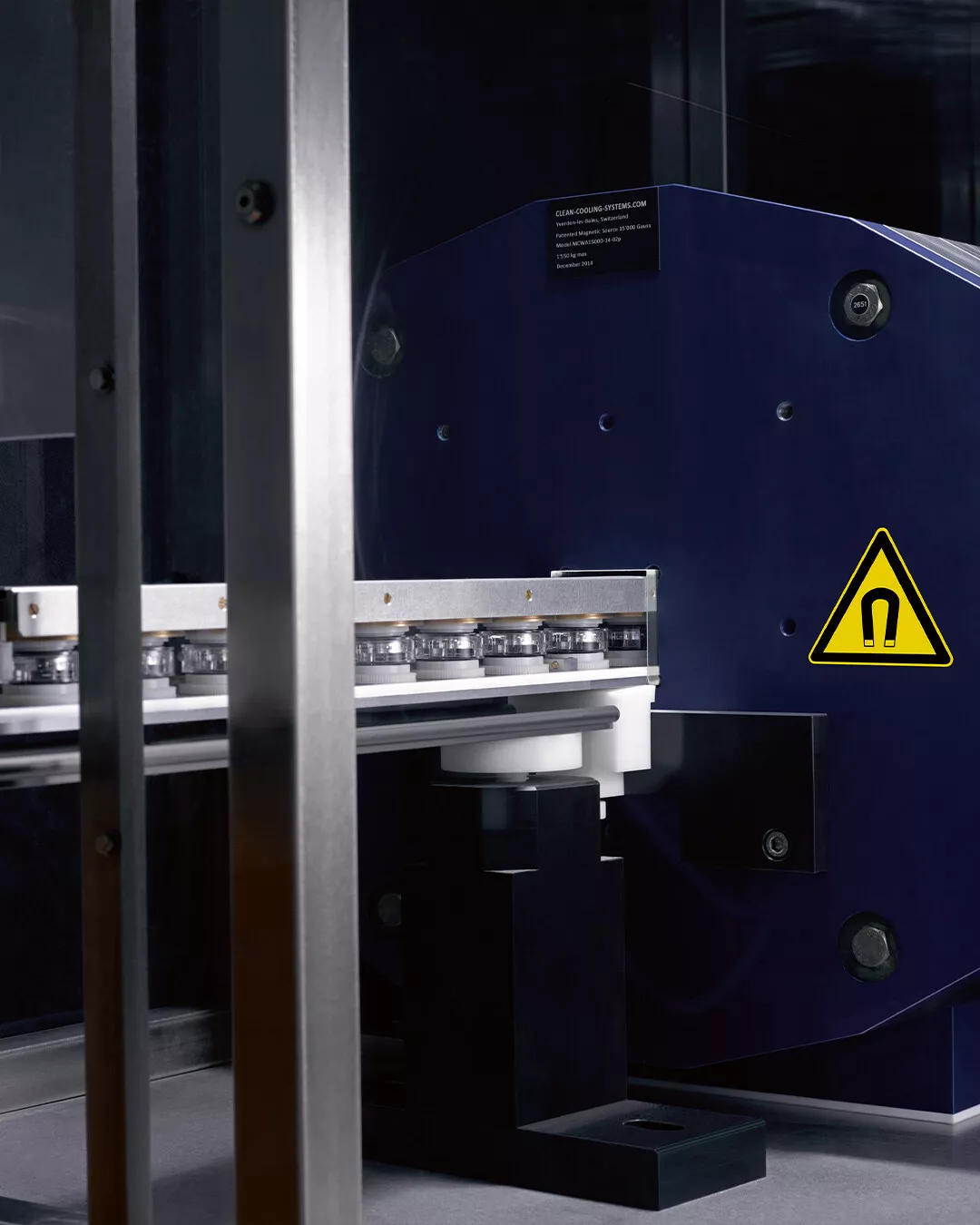In 2015, OMEGA did something both technical and quietly radical. It asked Switzerland’s federal metrology authority, METAS, to verify not just movements, but complete watches, against a new slate of tests that reflected modern life. The result was Master Chronometer certification, a label that promised cased watches would keep time within 0 to +5 seconds per day, shrug off magnetic fields of 15,000 gauss, and maintain performance through temperature swings, water pressure, and the grind of six positions over ten days. This was not a badge for showroom cabinets. It was built for laptops, handbag clasps, induction hobs, and airport gates.
There is history behind the move. OMEGA’s fixation on precision dates back to 1848, and the 19-ligne “OMEGA” calibre of 1894 that defined the brand’s name. The modern chapter began with two core technologies inside its movements. First, the Co‑Axial escapement, designed for long-term stability of rate. Second, the silicon Si14 balance spring, which refuses to become a magnet every time it nears a speaker or a phone. These parts are not decorative. They are the reason the watches can face a 15,000 gauss trial and tote up a clean result.


The methodology matters as much as the parts. Before Master Chronometer, most of the industry stopped at “chronometer,” a movement-only certification with a -4 to +6 second daily tolerance. OMEGA’s approach tests the whole watch and narrows the acceptable window, with the notable target that a certified piece does not lose time on average. The first to cross the line was the Globemaster in 2015, and the brand has steadily pushed the standard across its collections. Today, OMEGA counts over 2.5 million “Co‑Axial Master Chronometer” watches and backs them with a five-year warranty. That number is not just a production statistic. It marks a shift in what buyers can expect to live with every day.
There is also institutional muscle behind the scenes. OMEGA’s new Laboratoire de Précision, officially authorized by SAS for chronometer testing and now equipped for Master Chronometer evaluation, brings both of Switzerland’s most prestigious mechanical watch certifications under one roof. The lab’s mandate is measurement. Every beat of a calibre is tracked, the results are audited, and the data are used to refine performance beyond current standards. For a collector, that is more than marketing copy. It is infrastructure that supports consistency across millions of watches.


What does this mean on the wrist? For one, peace of mind when the watch brushes a laptop hinge or rides the subway past a field of magnets. The timekeeping aim of 0 to +5 seconds per day is audible only in the sense that you do not hear the excuses. Wind an OMEGA Master Chronometer and the tactile script is familiar, but the difference is in how little it flinches when life gets messy.
It also clarifies OMEGA’s position in the market. Rather than chasing ever-thinner bragging rights or limited-supply theatrics, the brand has anchored its collections around a certification that affects daily wear. Constellation, Seamaster, Speedmaster, and De Ville all benefit from the same philosophy, which makes the choice between them a question of design and purpose, not baseline performance.
A decade in, the anniversary is not a victory lap, but a reminder that a century and a half after the 19‑ligne calibre, OMEGA still treats precision as a craft you can measure.
Read more about watches here.